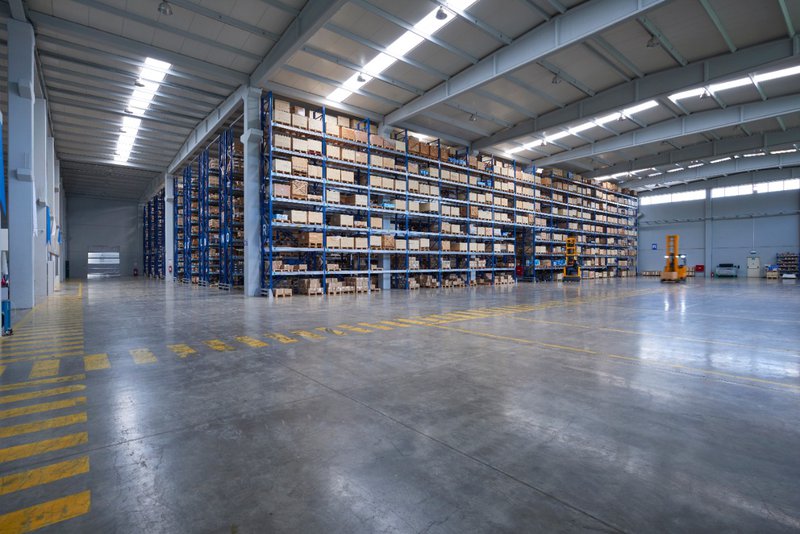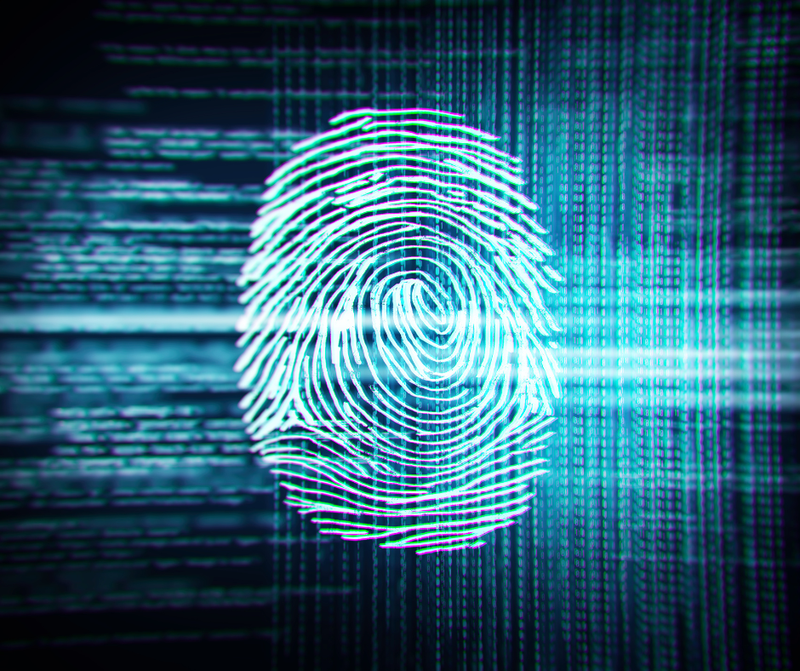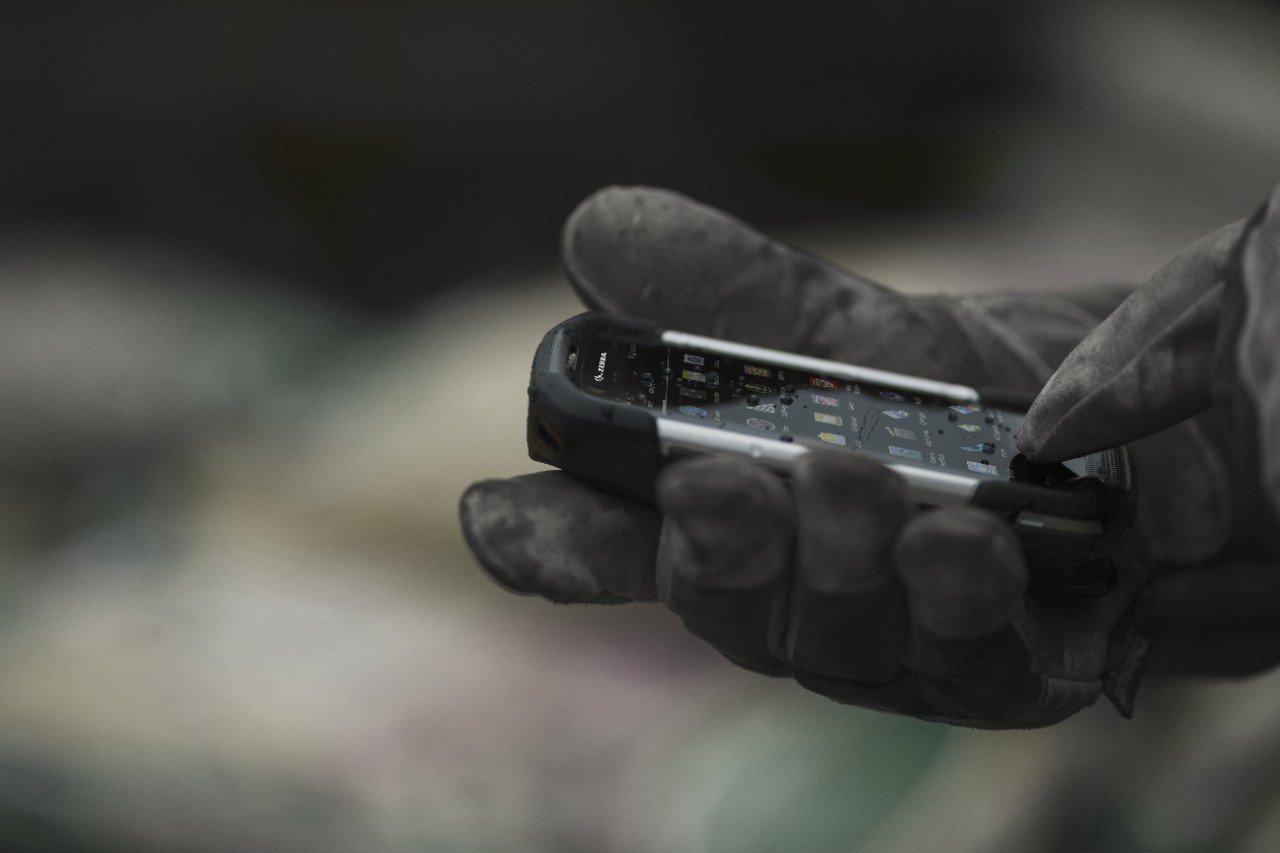Auto ID technologies have revolutionised logistics and product fulfilment. They also offer huge benefits in the defence sector, in terms of increased efficiencies and lower manpower overheads.
Also known as automatic identification and data capture (AIDC), auto ID requires no keyboard inputs and offers an efficient way to track inventory and process complex information. Familiar applications include barcode or RFID scanning in warehouses and retail outlets; and package-tracking technology as an item moves through the supply chain to our offices and homes.
We will look at auto ID technology applications for defence in two areas: logistics and security.
Auto ID for defence logistics
In 2022 there were 197,140 UK forces service personnel. The sheer volume and diversity of inventory and equipment required to support large defence operations – everything from clothing and medicine to computer systems and military hardware – leads to highly complex supply chains.
Two types of auto ID technologies provide opportunities to identify, track and deploy inventory accurately and efficiently.
Barcodes (1D and 2D)
Barcodes are used to track, maintain and deploy assets. Each inventory item has a barcode, which is scanned at various stages during its life cycle. The data in the barcode is then uploaded to a database.
- 1D barcodes, or one-dimensional barcodes, are linear. They feature vertical lines of varying widths and gaps to create a unique pattern.
- 2D barcodes, or two-dimensional barcodes, are more complex. They typically encode data in square or rectangular two-dimensional patterns. QR codes are a typical example.
Each needs to be scanned in line of sight, typically using a handheld scanner (often a multi-purpose rugged phone with an attached scanner). Typically, 2D barcodes hold more information than 1D barcodes.

RFID (radio frequency identification)
Using RFID, each inventory item has a unique tag. When a device reader detects the tag, it transmits digital data from the tag back to the reader and into a database. This approach is more costly than the barcoding approach, but it does come with an advantage: RFIDs can track inventory automatically without any need for line-of-sight barcode reading.
There are two types of tag.
- Passive tags are powered by energy from the RFID reader's radio waves.
- Active tags are powered by a battery and can be read at a greater range from the RFID reader – even hundreds of metres.
In practice, military complexes will use (or want to use) a combination of both UID and RFID technologies to manage inventory.
Benefits of auto ID technologies in military logistics:
- Reduces data costs of logging high value / critical items. The use of auto ID technologies can massively reduce the time it takes to check serial numbers, freeing up personnel to undertake other critical tasks.
- Provides crucial logistical data during campaigns. Auto ID tech can help to provide the in-transit visibility and critical information required by personnel to track supplies, ammunition and military hardware through the supply chain, from production to forward storage and the ultimate destination.
- Ensures timely stock replenishment. Because auto ID can track remaining stock levels across a supply chain, new stock can be ordered automatically, without human intervention or delay.
- Eliminates errors and shortages. Auto ID technologies reduce the risk of keystroke errors that can lead to inaccurate data about inventory and shortages.
- Ensures compliance and reduces inappropriate use or theft. Many military items will require an audit trail for compliance reasons and auto ID technologies fulfil this need. Furthermore, high visibility through the supply chain helps ward against theft or inappropriate use of inventory.
Auto ID technologies for defence security
Inefficient security checks and ID document-processing creates queues and backlogs, slowing down operations. Auto ID technologies are providing solutions in two ways.
Biometric authentication
Unique physical traits identify visitors. These include:
- fingerprints
- facial characteristics
- voice
- iris
This may be achieved using dedicated tech such as fingerprint scanners or apps on rugged phones and tablets.

Optical character recognition (OCR)
Despite the growth of biometric authentication, paper documents are likely to be with us for some time.
For defence industries, processing vital information from documents such as ID cards, driver’s licenses, passports and vehicle license plates can be time-consuming.
OCR can extract the necessary information from a document and automatically fill form fields or enable access, speeding up processes and reducing errors. Furthermore, the use of barcodes and RFID can provide security guards with an additional means of verifying the access authorisation of a person or vehicle.
A phone, a security app and integration with backend processes can remove a common problem right across a defence organisation.
Benefits of Auto ID technologies for defence
Biometrics:
- Reduced queues at checkpoints or gates
- Fewer physical documents required and fewer opportunities for forgeries
OCR:
- Speedier extraction and upload of information
- Lower costs – fewer personnel needed to process documents
What next?
Introducing auto ID technologies for logistics and security requires the right hardware, software and security protocols.
Nuffield Technologies can help you procure hardware for your defence operations. We are also data-capture experts and can develop bespoke Android software for security-critical environments.
Talk to one of our experts. We can guide you in your procurement and development of auto ID technologies and help you bring the many benefits to your defence operations.

